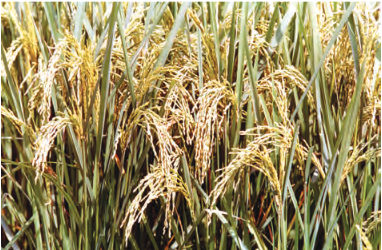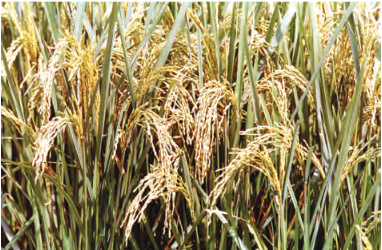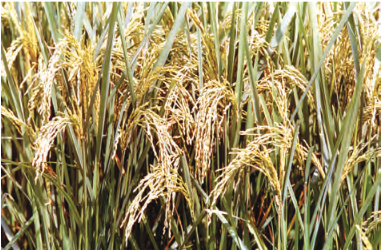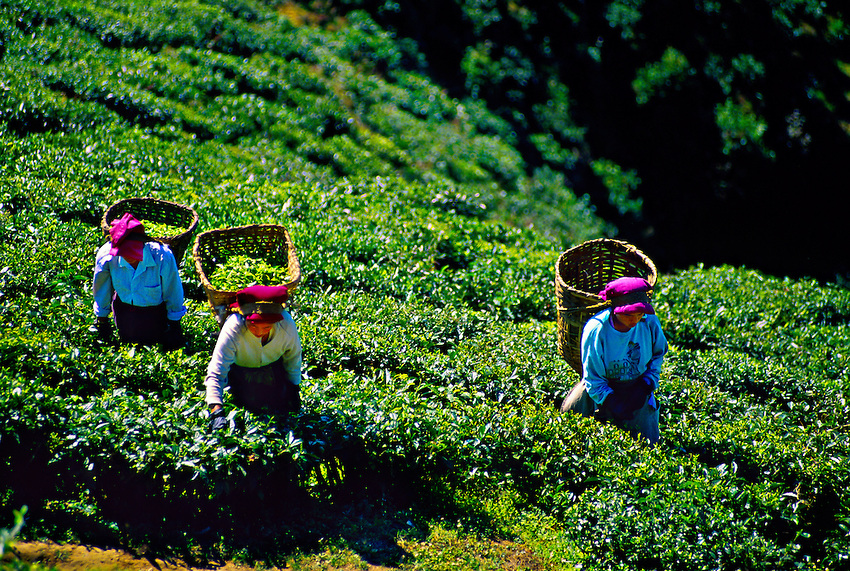Agriculture - Class 10 Geography - Extra Questions
Inequitous distribution of cultivable land is detrimental to agricultural development. Comment
Name the two major regions growing this crop

State the climatic conditions required for the cultivation of this crop.

Name the crop shown in the picture.

Name the crops which are grown on large plantations in India.
What is plantation agriculture?
Name one important beverage crop and specify the geographical conditions required for its growth.
Describe the geographical conditions required for the growth of rice.
Name one staple crop of India and the regions where it is produced.
Describe the various uses of jowar and ragi.
Where in India can millets be successfully grown and why?
Explain the factors affecting heavy damage to the standing wheat crop.
Name important states of India producing jowar, bajra and ragi respectively.
Name the states which produce maximum wheat in India.
Name the cereals included in the category of millets.
Rice is the major food crop in India. Justify.
Why is Punjab called "India's bread basket"?
Think and write five uses of rubber in our everyday life.
What are coarse grains?
What is flax? What is it used for?
Tea and rubber are _________ crops.
Tea cultivation needs enough cheap and skilled labour. Give reasons.
What geographical conditions are necessary for the development and progress of rubber plantations in India?
Describe the Geographical conditions for Rice production in India.
Give the Geographical requirements for the cultivation of Sugarcane.
With reference to rice cultivation answer the following:
(i) Why does the cultivation of rice requires a lot of manual labour?
(ii) Mention two geographical conditions which suit the cultivation of rice.
With reference to the cultivation of tea answer the following:
(i) Why is tea grown on hill slopes?
(ii) Why tea bushes have to be pruned at regular intervals?
Fill in the blanks with appropriate words to complete each sentence:
'Kammakara' was a word used for _________.
Very Short Answer Type Questions:
Name any two grain bearing grasses
Globalisation has brought challenges for the Indian Agriculture, although new technology has stimulated agriculture growth but agriculture is under threat from Globalisation in India. Comment.
Describe the seasons of production for various pulses.
Why coffee plantations are located on the slopes of the Eastern Ghats.
Explain the following. The propagation of rubber by the bud grafting method.
Name a state which produces short staple cotton. Which climatic and soil conditions favour the cultivation of cotton in the state mentioned?
Complete the following table with correct information for A and B :
| Sugarcane Crop | Annual Rainfall required | Climate | Temperature required for its growth (in degrees) |
| A - ? | Hot and Humid | B - ? |
